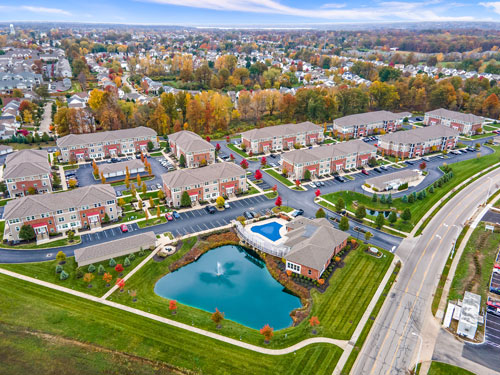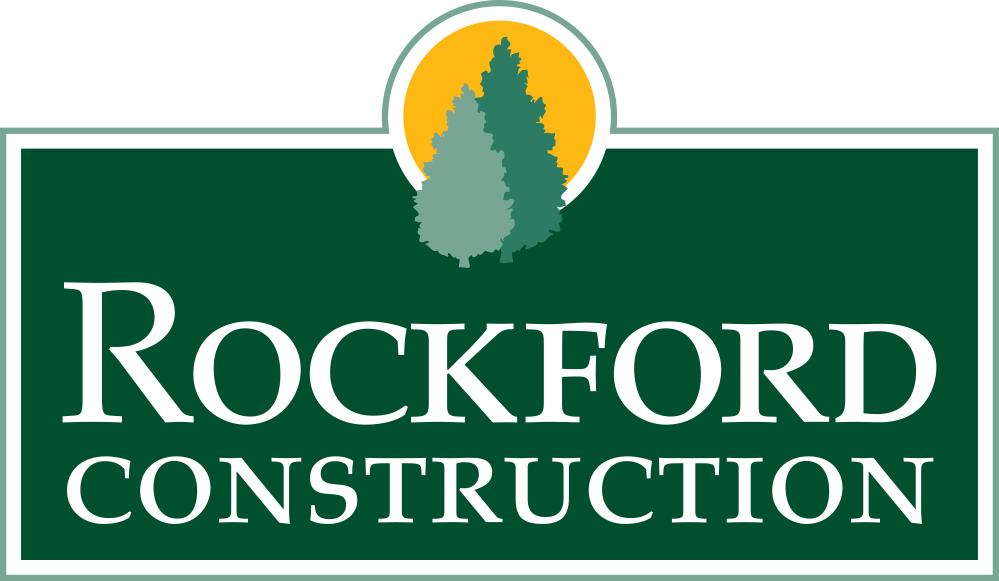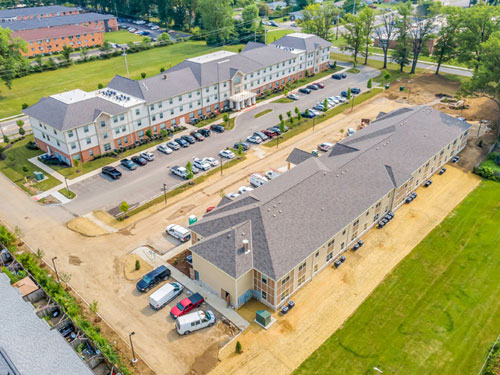
These Are the Key Things to Know Before Beginning Land Development
Land development can be an exciting yet challenging venture. Whether you’re looking to develop raw land into a residential area or transform undeveloped land into a bustling commercial hub, there are several factors you must consider to ensure your proposed development project is successful.
This blog provides critical information about the raw land development process and tips for how you can make your land development project successful.
Understanding the Basics
Firstly, it’s essential to understand what raw land development entails. It involves purchasing raw or undeveloped land and improving it through the addition of utilities, roads, and buildings, thereby making it suitable for use.
The entire property is evaluated, and a development team, including civil engineers, is brought together to plan and execute the project.
The land development process can be divided into several stages, starting from due diligence, where you evaluate the project’s economic feasibility based on market demand and conditions, to getting a site permit, beginning construction, and eventually selling or leasing the developed land.
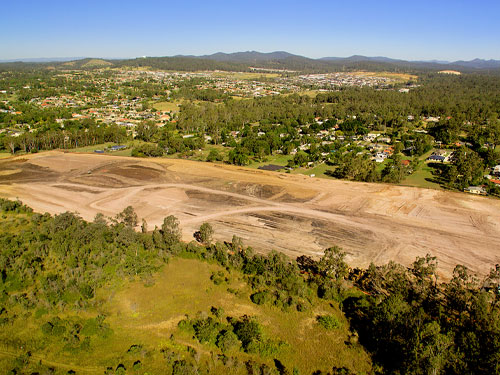
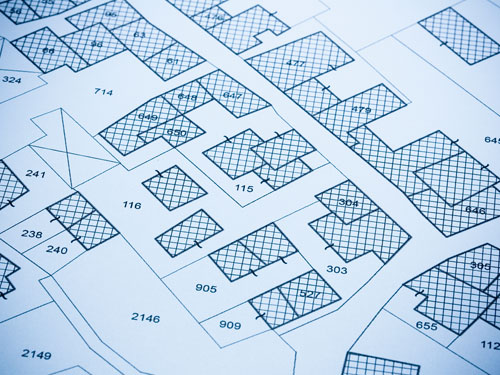
Zoning Laws and Regulations
Understanding local zoning and land use regulations is a key factor that significantly influences the success of any real estate development project.
These regulations control what you can and cannot build in a specific area, the size and density of buildings, allowable uses of vacant land, setbacks, parking requirements, and more.
Ignorance of these laws can lead to costly mistakes, delays in project approvals, or even legal disputes.
Due Diligence for Real Estate Developers and Investors
Due diligence in researching relevant laws is essential for developers who wish to avoid pitfalls—familiarizing themselves with local zoning maps and attending community meetings to understand how regulations are evolving.
Also, consulting with professionals such as attorneys or urban planners will go a long way in ensuring compliance with the law.
For novices venturing into developing raw land, common challenges include outdated zoning codes that can be daunting to navigate, discrepancies between municipal codes and actual practice that create confusion, and opposition from local stakeholders.
In addition to zoning regulations, you’ll need to be aware of any deed restrictions, environmental regulations, or matters around jurisdictional waters or other natural resources that might affect land use as it relates to your development plans.
For example, if your site extends into environmentally sensitive areas or has wetlands, you may need to provide tree replacement or purchase tree mitigation credits.
These issues can be overcome through thorough fact-finding and open communication with all parties involved.


Engage Neighbors and Local Stakeholders
Addressing discrepancies between municipal codes and actual raw land practice requires awareness of the local political and regulatory climate.
Be prepared to engage with neighbors, business owners, neighborhood associations, and other local community members knowledgeable about the area’s history and culture.
New developers can gain invaluable context about how the rules are enforced by being open about their intentions and the type of raw land development they are pursuing.
Be Proactive
Taking a proactive stance in building relationships with local planning departments and elected officials who can help influence policy changes when necessary is beneficial.
Regarding opposition from local stakeholders, developers must strive for open communication early on in the project planning stage. This helps cultivate community members’ understanding of the benefits of well-planned development projects.
Demonstrating commitment to a transparent process, incorporating community input into the design and planning phases, and emphasizing new development’s economic and social benefits can go a long way in gaining local support.
In addition to fostering relationships and maintaining open communication, developers should also consider partnering with local organizations and businesses.
By creating alliances with influential community groups, such as neighborhood associations or chambers of commerce, developers can better demonstrate their commitment to the area’s growth and prosperity.
This collaboration can lead to a more inclusive and well-rounded land development project, ultimately benefiting both the community and the developer.


Infrastructure and Utilities
A key part of developing raw land is ensuring that essential services like water, sewer, electricity, and gas are available. This could involve extending public infrastructure to the development site or creating new infrastructure.
The street layout, the placement of power lines, and other public services will need to be planned carefully with the help of a civil engineer.
Stormwater management is another critical aspect of infrastructure planning. Depending on your jurisdiction, landscape setback requirements, and maximum impervious coverage requirements, you may need to include surface ponds, special drainage systems, or detention calculations in your development plans to manage stormwater effectively.
Transportation and Traffic Impact Analysis
The construction process will require close coordination between various parties to ensure that necessary roadway improvements are executed in a timely and efficient manner.
Also, to accommodate any high-density traffic demands arising from population growth, a comprehensive traffic impact analysis must be performed during the land development process. This analysis will enable city officials and civil engineers to collaborate on designing effective measures that address potential roadway problems and improve overall flow.
Key elements such as alternative transportation options, future population growth projections, and potential roadway expansions should be integrated into the planning process.
These considerations will allow developers, city officials, and civil engineers to adequately address traffic-related challenges while promoting sustainable growth and minimizing adverse impacts on the environment and community.
Financial Considerations
Land development projects require valuable real estate investment and can have significant holding costs.
You’ll need to consider the market value of the land, estimated costs of the development project, potential profit margin, and the impact of market conditions on your investment approach.
Land development costs typically include the purchase price of raw land, off-site improvements, construction costs, consultant fees, and impact fees charged separately by local governments.
Financing options for land development projects can vary depending on several factors, including the size of the project and the developer’s financial standing. A construction loan is often used to finance the development process.


Budget for the Unexpected
Budgeting for unexpected expenses is another essential aspect of land development projects. Despite best-laid plans, unforeseen events like bad weather or other issues may arise during execution.
These circumstances could increase construction timelines or necessitate design changes at additional costs.
Building contingencies into a budget helps ensure that developers are prepared for these surprises if they arise.
By starting with a solid foundation in place – from utility access to thorough cost estimations – developers can confidently move forward with new development endeavors, knowing they have anticipated and planned for all crucial aspects.
Planning and Design Process
Planning and design are vital stages in the land development process. Your development plans should include the proposed use of the land, the number of buildings or homes, their standard distance from each other and unique features, and how they will be arranged on the site (site plan).
The design process involves detailed development site planning, including grading, topography, and landscaping. Landscape setback requirements and green space provisions should also be factored into your design, as should considerations for drainage and maximum impervious coverage requirements.
After finalizing the site plan and incorporating landscape and drainage requirements, it’s essential to evaluate the impact of the planned development on the surrounding environment, community, and infrastructure.
In this regard, conducting thorough environmental assessments, traffic studies, and neighborhood impact studies will ensure that your development project aligns with local regulations and maintains harmony with neighboring properties.
Additionally, integrating sustainable design principles such as energy efficiency, water conservation, and waste management measures can contribute to the long-term success of your development while reducing its environmental footprint.
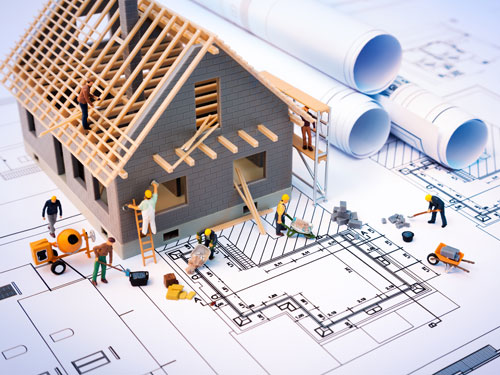

Marketing Strategy
A well-planned marketing strategy can greatly contribute to the success of your land development project. In order to attract buyers, it is important to consider various factors.
Firstly, identify your potential buyers and understand their preferences and needs. This will help you tailor your marketing efforts to reach and engage with this target audience effectively.
Additionally, highlight the unique features and benefits that your development offers. Whether it’s a prime location, state-of-the-art amenities, or sustainable design, emphasize these aspects to stand out in the market.
This will make your development more appealing to potential buyers and differentiate it from competitors.
Furthermore, staying updated with the demands and trends in the current real estate market is crucial. Analyze the market conditions, such as housing demand, price trends, and buyer preferences.
By understanding these dynamics, you can align your development strategy to meet the demands of the market and attract buyers effectively.
Remember, a well-crafted marketing strategy is not solely about promoting your land development project but is also about building a strong brand image and creating a compelling narrative that resonates with potential buyers.
Take the time to understand your target audience, emphasize the unique features of your development, and adapt to the market trends. These elements will contribute to the success of your project.
We Can Bring Your Land Development Vision to Life
Generally speaking, land development can be a time-consuming and complex process, filled with potential risks and unexpected delays.
However, with proper planning, due diligence, and a well-informed understanding of the process, it can also be a highly rewarding investment with long-term appreciation potential.
Whether you’re developing land for single-family homes, a high-density traffic commercial hub, or public parks, each project is unique and will vary depending on numerous factors.
However, the basic principles remain the same: research, plan carefully, understand the regulations, and create a development that meets market demands while adhering to zoning and environmental regulations. By doing this, you increase your chances of developing successful land development projects.
The seasoned professionals at Rockford Construction possess the expertise and experience to guide you effortlessly through the complexities of successful land development. With their knowledge and assistance, your project is destined for success.
By entrusting your raw land development journey to Rockford Construction, you can rest assured that every detail will be meticulously managed, ensuring a smooth and prosperous outcome for your investment.
So, team up with Rockford Construction and watch your land development visions come to life.
